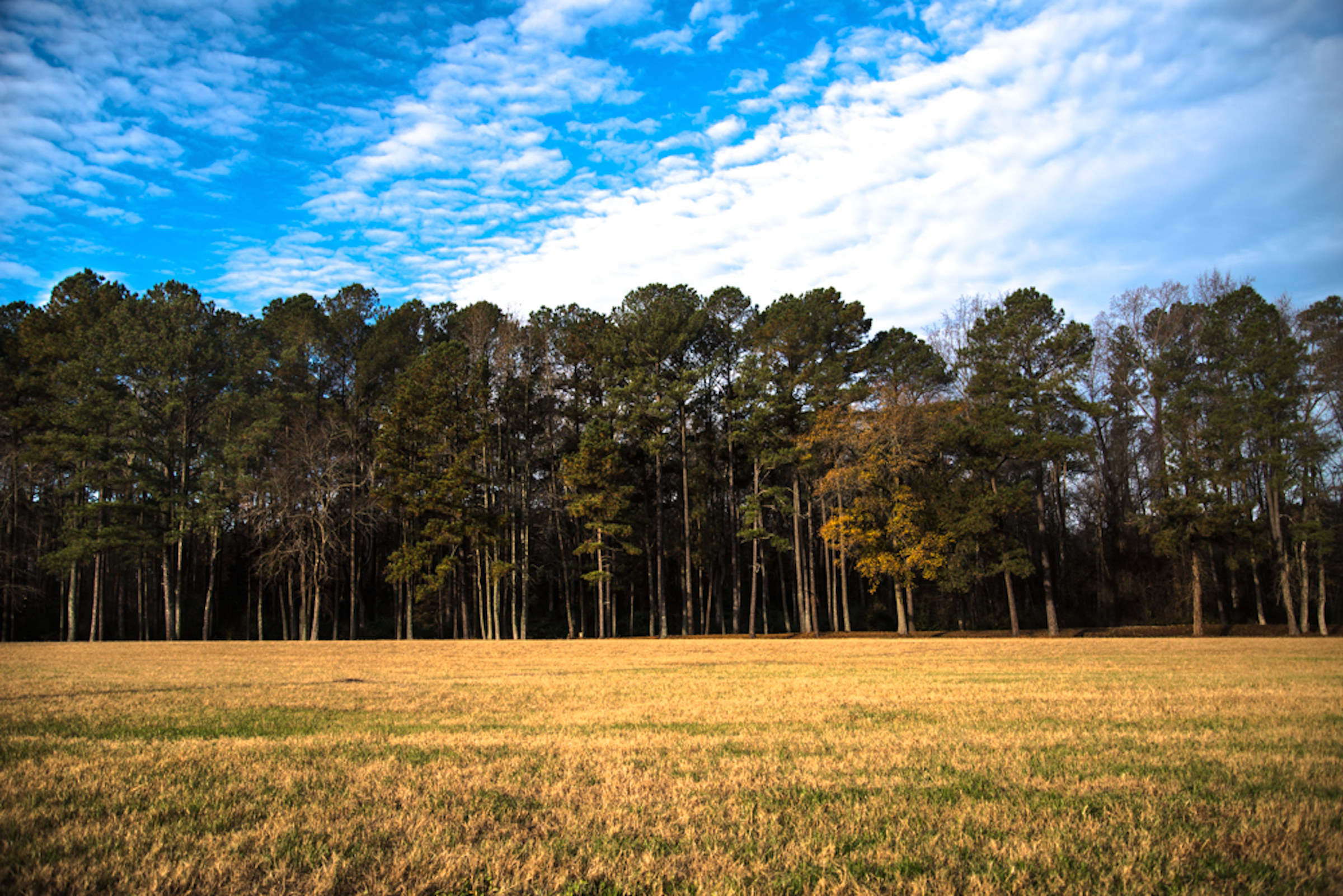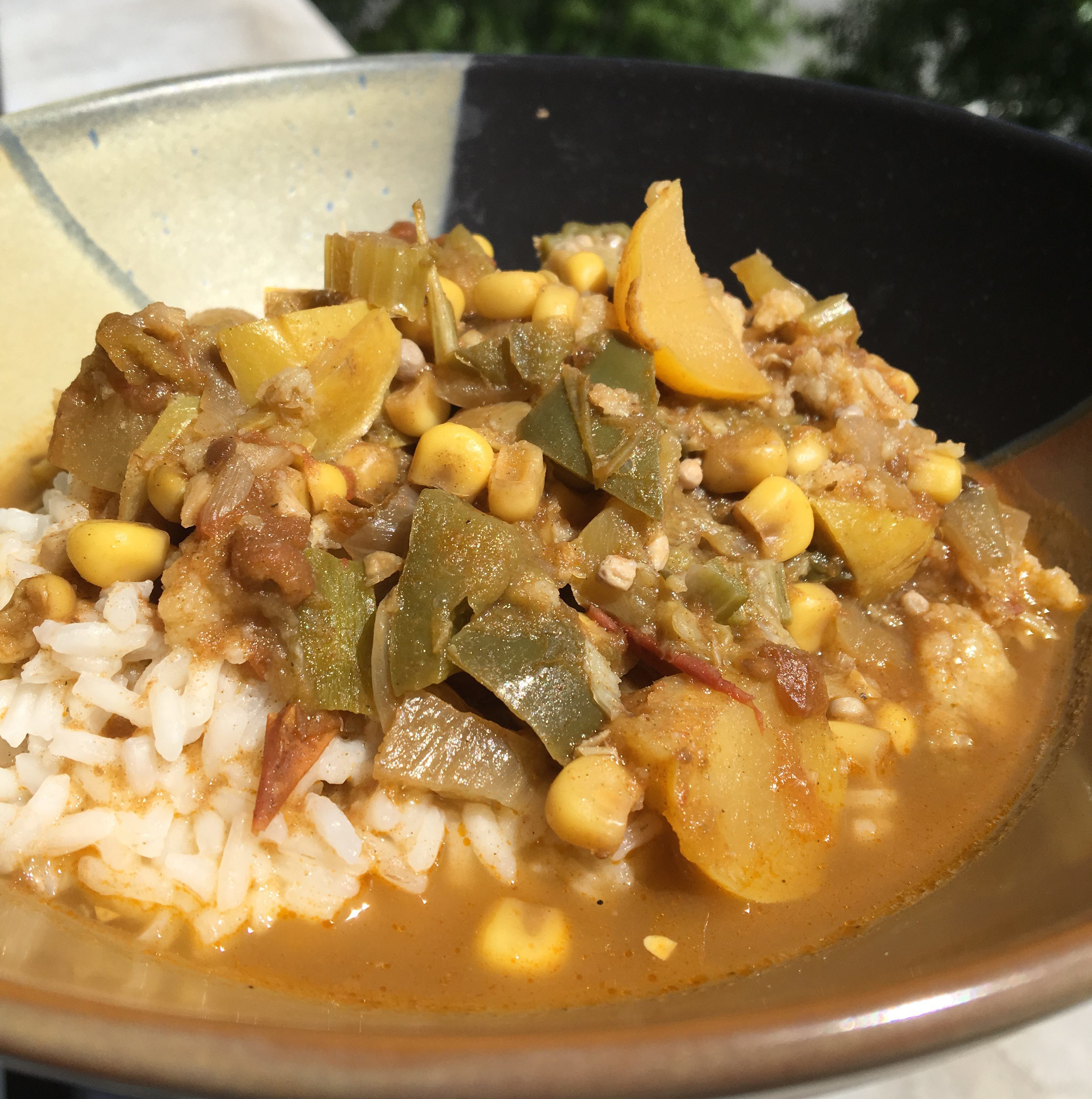By SAWDAYAH BROWNLEE

The first time I heard the words in my title was from a sage named Baba Oduno in Washington D.C. where I was a student at Howard University. He would say it all the time, sometimes nothing else, and seemingly try to imprint it on you with his stare. I did not connect with what he said until my time in Zanzibar, and the urgency of what is implicated in the quote did not dawn on me until recently.
Rewind to about 10,000 BCE. Humans had begun to organize their own societies within ecosystems like all the other animals. I suppose it took us some time because we had to figure out our place in the world and how to sustain ourselves. While still living in ecosystems amongst other animals, fungi, and other lifeforms, we developed ongoing, extended relationships with a number of plants. Manipulating, ingesting, and using flowering plants topically changed the endurance of the body and affected the spirit. This domestication of humans by plant chemical compositions is articulated by the biologist Fatimah Jackson in her 2013 lecture at the American Museum of Natural History. The sentience of so-called inanimate life forms is also an understanding first iterated by early African societies and provides the initial foundation for relating to the rest of the natural world and humanity’s necessary negotiation with that world for total sustenance.
The very simple answer to the function of agriculture for humans is to sustain societies, our ways of being, and the products of our creativity. What some of us within this field have noticed is that Western science has misinterpreted how to relate with Nature, subsequently impacting our ability to access the substances and chemical compounds our bodies and life-forces require to thrive as our highest Selves. Therein lies the necessity of working within agriculture or relationship building with the natural world: re-learning how to communicate with the Earth and our cohabitants for the posterity of humankind in its fullness. Kimbwandende Kia Bunseki Fu-Kiau articulates in Self-Healing Power and Therapy: Old Teachings from Africa that the kinkete kia kanga ye kutula (“the art of coding and decoding”) is the protection of the secrets of n’kisi (“medicine”) that are only intended to be revealed to those who know themselves wholly. To farm sustainably and maintain a community is to understand where your Self is situated within Nature, who that Self is in relation to your environment, and to speak with and negotiate with the Earth to provide “pipes” (plants and animals) to sources of sustenance.
The many aspects of the environmental/agricultural/food justice movements are finally reaching a point of intersectionality, with its laborers, activists, and students being able to understand the interdependence of the three fields for the benefit of the human world. Societies cannot thrive without the compounds that the natural world provides in the form of plants and animals for our breath, love, passion, determination, and creative energy. Yet, the same communities that pioneered communing with all sentience exist on a thread, ignorant of this past, disconnected from the vitality that the natural world provides, and with little knowledge of how to prepare these sources into digestible forms.
I was first drawn to health and healing through plant life when I was in high school. After being diagnosed with epilepsy and learning that my seizures were triggered by extreme eustress and distress, I felt that changing my diet to include more whole foods and incorporating meditation and yoga could impact my anxiety levels. I waxed and waned with my spiritual practices and consuming nutritious foods and drinks occasionally throughout high school and college; my commitment to this lifestyle was challenged to grow in my senior year of college.
While studying abroad in Zanzibar, walking through Jozani Forest on a spice tour, I took note of how incredible I felt, emotionally, spiritually, and physically. I had not had any signs of an impending seizure during the 3 months I lived there, my stress was at a low (even when dealing with everyday life issues), my body felt and looked amazing. While on the spice tour, my great-grandfather Gussie walked with me in spirit and we communicated about his love for agriculture, knowing what was in the soil he planted in because he communed directly with it, and the joy and wellness it brought him. In that moment, I felt that my life’s journey was to cultivate plants so that I can be the master of my health. What better way to be in control of my wellness than by growing and making what I would consume and put on my body? When I returned to the U.S. to finish my last year of college, I looked for places to learn organic agriculture, made herbal medicine, and cooked more often. Since then, I have learned and worked on organic farms in Michigan and New York and where I also deepened my knowledge of nutrition and wellness practices. I continue to teach what I learn about sustainability, food systems, food justice, and organic agricultural practices and brainstorm ways to help members of my community reconnect to a more equitable way of living with Nature that supports the manifestation of our highest Selves. As my grandma always said, “Less is best,” and I truly believe that this wisdom will guide us toward good health, wealth, and living beyond our short concept of time into eternity.
When I traveled to Zanzibar and lived amongst people who did not regard themselves higher than the very Nature we are part and parcel of and who ate and drank fruits, vegetables, herbs, grains, meat, and water unfettered by Western agricultural science and ideals, I reconnected to what I lost and regained: a fraction of understanding of my body, mind, and spirit’s requirements for a balanced quality of life. My soul travelled back to a past life where I was in harmony with my community and our ecosystem and my community was coordinated with the rest of the natural world. Our work in agriculture, as farmers and educators, must first lie in learning ourselves as small details in a larger, complex, diverse physical and spiritual realm, mending the relationship with our cohabitants on Earth, embracing and surrendering ourselves into the Earth’s cycles of rebirth and renewal, and listening to Her rhythms, watching Her patterns, following the deviations to re-member how to negotiate with Her to attain the upliftment and maintenance of our communities.
Pipelines for Sustenance (a.k.a. Recipes)
Gullah-Style Vegetable Gumbo

Serves 4-6
Ingredients:
1 medium yellow onion, chopped
3-4 cloves of garlic, diced
1 green pepper, diced
1 cup celery, chopped
5 large heirloom tomatoes, cut up roughly
2 fresh ears of corn, cut in pieces or cut off the cob
2 cups okra, chopped
¾ cup other diced veggies (squash and mushrooms are best; be sure to roll your mushrooms around in seasonings and spices)
½ cup lima beans
1 teaspoon of fresh thyme
¼ teaspoon dried sage
1 ½ teaspoon of sassafras or gumbo file
salt / pepper / Old Bay seasoning to taste
1 ½ quarts of water
1 cup oil
Preparation:
1. Sauté first 4 ingredients in oil until transparent.
2. Add tomatoes and all of their juice and simmer for 3-4 minutes.
3. Add water and corn, lima beans, herbs, and spices and bring to a boil.
4. Add okra and other veggies and let simmer for 10 minutes or so.
5. Serve with long grain Carolina Gold rice.
About Gumbo:
The word ‘gumbo’ comes from the Tshiluba (a language spoken in Angola) word ki ngombo which may mean “okra.” Okra is a staple ingredient of the dish and thickens it. It is thought that some women braided okra seeds in their hair and when they were kidnapped from their homelands. Brought to the Americas, the plant found its way to the Southern United States. Gumbo is usually attributed to New Orleans but has been eaten in the South Carolina Lowcountry (coastal S. Carolina) for centuries as well and was prepared by enslaved Gullah people. Key ingredients for Gullah gumbo are tomatoes, peppers, celery, okra, shrimp, and filé.
